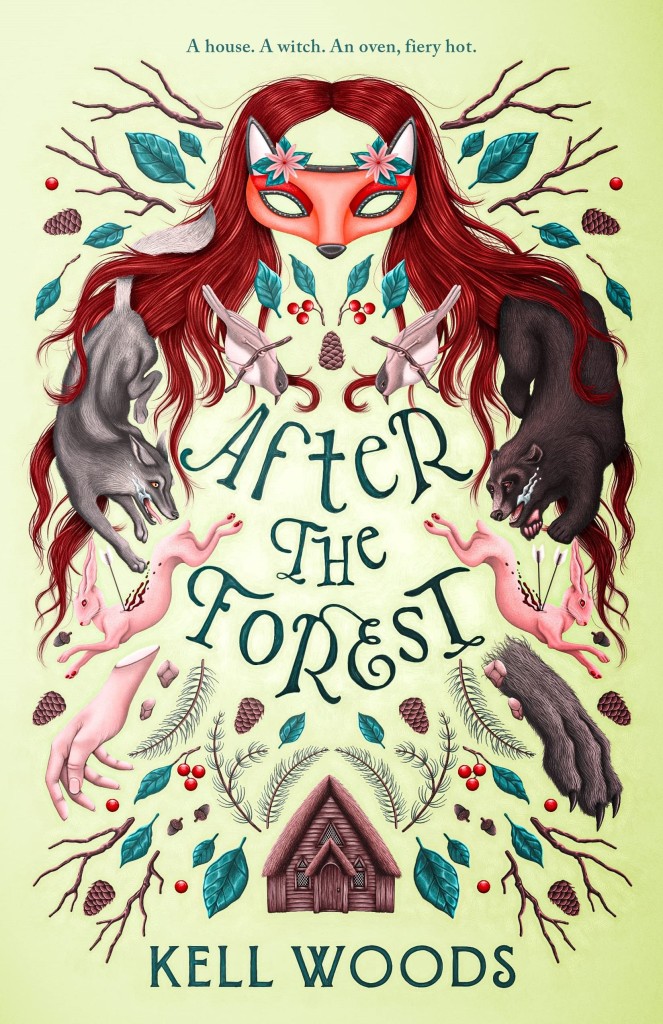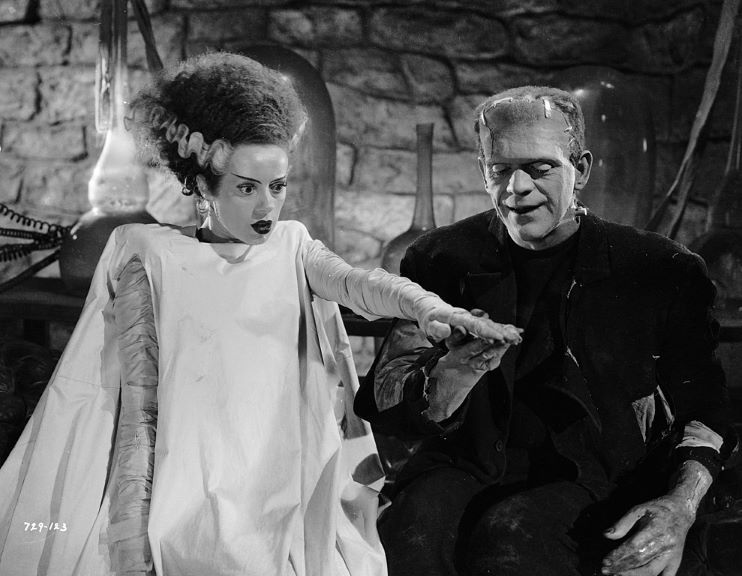Yeah, it is that silly.
This was a break from our usual Saturday night pizza and bad movie. It was an amalgam of Romancing the Stone, The Kingsman, a little bit (perhaps unintentionally) of Get Smart, and a dash of The Sopranos.
Plot:
Dressed in a dark green Nehru jacket, suave Agent Aubrey Argylle (Henry Cavill) approaches several elegantly dressed women sitting in a booth in a nightclub. He asks one to dance, knowing full well she is the enemy Agent Lagrange (Dua Lipa).
During a rather bizarre dance over a Medusa’s head on the floor, Lagrange lets Argylle know she knows who he is, pulls a gun on him, and demands he disarm. (Where did she conceal her piece in that rather revealing dress?). She snaps her fingers, and the entire night club pulls out their handguns.
Oh, didn’t things go south in a hurry.
Argylle speaks into his watch, asking his partners, Keira (Ariana DeBose) and Wyatt (John Cena), for help. The space fills with fog and gunfire. A car chase through narrow winding streets of a Greek seaside city follows. Keira is shot. Wyatt and Argylle nab Lagrange.
While the three drink coffee at a café, Lagrange poisons herself before she reveals who she’s working for. Wyatt and Argylle realize they’re working for the same corrupt people and break off communications with their bosses. Argylle wonders who he can trust…
Echoing his words is mild-mannered author of spy novels, Elly Conway (Bryce Dallas Howard), reading the conclusion of her fourth Argylle book at a reading. One fan notes that other spy novel authors, such as Ian Fleming, were actually spies. Is she?
“Of course not. I’m a writer. But that’s what I’d say if I were a spy.”
Later, at home, she discusses the fifth novel with her mother (Catherine O’Hara), who reads all her books. Mom doesn’t like the ending. There should be more, she says. She doesn’t like the cliffhanger and urges her to come up with more.
Elly gets on a train (she hates flying) with her cat, Alfie, to visit her mother. Much to her dismay, a guy with long hair and a beard (Sam Rockwell), sits across from her, claiming to love cats. He’s reading one of her books and soon realizes she matches the author pic. He mentions that his line of work is “espionage” and tells her what her books get right and wrong. Another little tidbit is that her books seem to predict events. The good guys, for whom he works, and “the Division:”—the bad guys—have both noticed. There are people who will do her harm.
She believes none of it until a fan walks up to her and asks her to sign a book with a pen that turns into a knife.
A fight ensues involving nearly the whole train. Elly’s new friend, Aiden, is victorious, bursting out of the back of the train, holding onto Elly with Alfie in a backpack and soaring over the landscape in a parachute.
Elly passes out.
Thoughts:
…so, a spy novel author writes novels that seem to predict things in the spy world. The good guys and the Division (I guess “Kaos “was taken?) want her to figure things out? The fighting is over the top. My dearly beloved expressed sympathy for the stunt people—and there were a lot of them. I have to echo that. Punches and kicks and falls and knife wounds abound. Only the bad guys die, however. Sometimes, the good guys bleed, but it’s generally only flesh wounds.
The movie is also more than two hours long and full of twists and turns. At the same time, a lot of it is transparent. Not all of my predictions turned out to be correct, but the surprises were few and far between. It left me, as a viewer, with the feeling of been-here-before.
And poor Alfie the cat was quite put upon. I realize that in most scenes where Alfie suffers, things one would never inflict on a cat are CGI. Nevertheless, I wouldn’t blame him if he packed up his kibble and catnip and left for greener pastures.
Having said all that, to enjoy this movie, do not take it seriously. It is a spoof. It is people playing. I’ve read reviews of people saying it’s the worst waste of time ever, that the leading actress is just not right for the part, etc. I see these as unnecessarily harsh. Not everyone is going to like any movie, of course. I found the woman playing Elly Conway just fine. She has to switch many different roles and moods—MacGyvering a pair of ice skates with knives, for example. We won’t discuss the probability of skating on crude oil, however.
The movie is silly. The fights are frequent and preposterous. The solutions are unlikely and convoluted. And there is too little of Samuel L. Jackson.
I rolled my eyes at parts of the movie, chuckled at some of it, and found it all deeply silly. An Easter egg-ish bit midway through the credits features a young agent Argylle and ties this universe to the Kingsman universe. According to Wikipedia, two more Argylle movies are in the works.
It’s hard for me to make a recommendation. If this sounds like something you would like, you will probably like it. If it doesn’t sound appealing to you, it probably won’t work.
Because the movie is so recent, streaming it for free is unavailable. You can watch with a subscription to Apple TV or rent or buy it (for a mere $19.99!) at places like YouTube, Amazon, or Google Play, according to Justwatch. YIKES! Maybe the local library has a copy.
Title: Argylle (2004)
Directed by
Matthew Vaughn
Writing Credits
Jason Fuchs…(written by)
Cast (in credits order)
Henry Cavill…Argylle
Daniel Singh…Armed Guard #1
Dua Lipa…Lagrange
Ariana DeBose…Keira
Richard E. Grant…Director Fowler
John Cena…Wyatt
Bryce Dallas Howard…Elly Conway
Chip…Alfie the Cat
Samuel L. Jackson…Alfie
Released: 2024
Length: 2 hours, 19 minutes
Rated: PG-13





